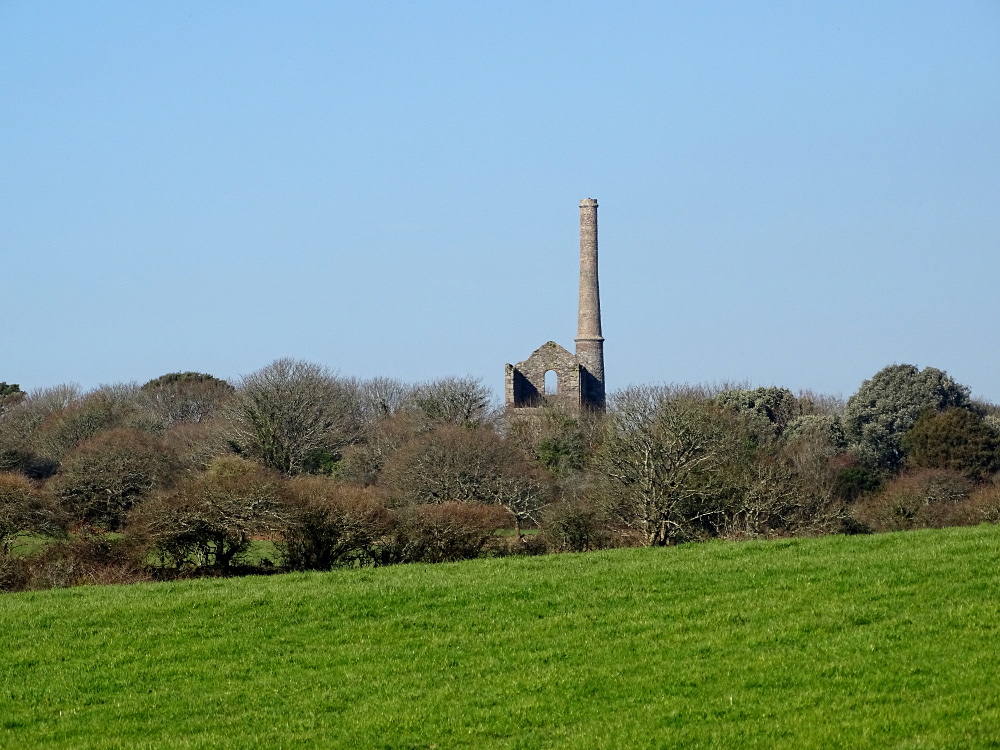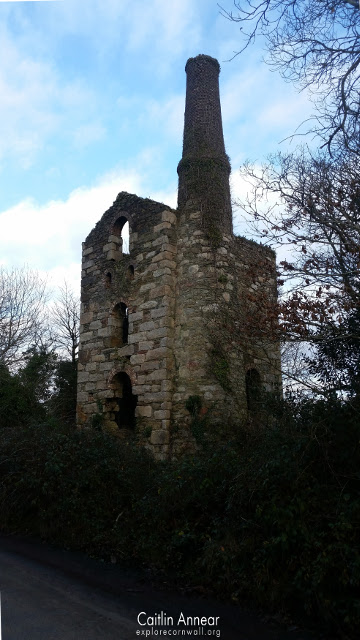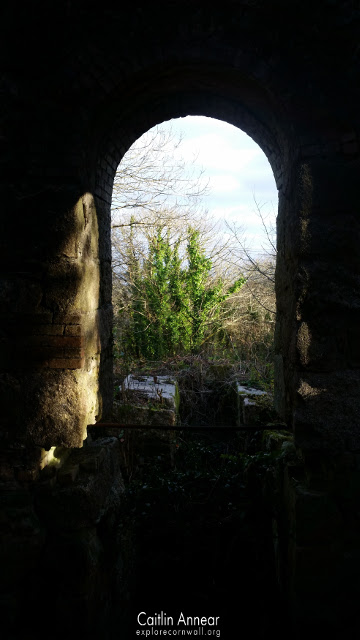Killifreth mine sits just off the Redruth to Chacewater road and dates back to the 16th century.
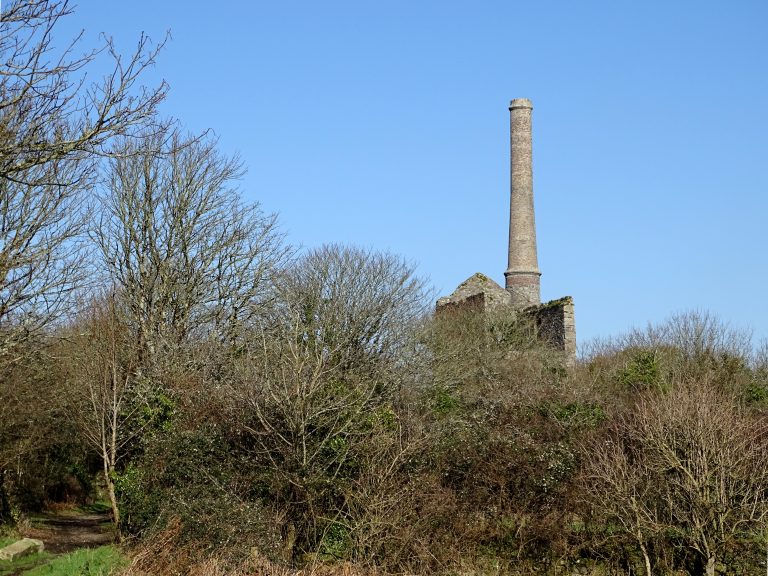
Between 1826 and 1860 it was a copper mine utilising shallow workings with the mine joining the Great County Adit system sometime before 1856, although the exact date remains a mystery.
In 1864 the mine was worked under a new company, mining tin and during this period reached a depth of 100-fathoms below the County Adit. Hawke’s pumping engine house was built in 1891 for a 80″ engine that came from North Treskerby mine, although it had worked at Falmouth and Sperries mine previously. By 1897 the bob on the Hawke’s engine broke and the area was abandoned. It was used by Truro Mining School for a while before reopening again in 1912 as a joint venture with Unity Wood mine.
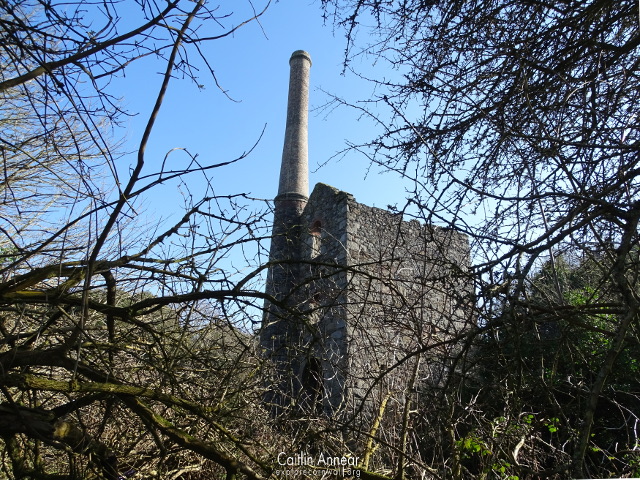
During this reworking, a second hand 85″ engine was put in Hawke’s house and a new boiler house built on its western side. This held four boilers which supplied not only the pumping engine, but also a horizontal whim and air compressor. To ensure the boilers had enough draught the stack had to be doubled in height.

Work was suspended during the first world war, but pumping started again in 1919 and ore was sent across the road to Wheal Busy for treatment. This venture only lasted a year, closing in 1920. In 1923 Killifreth was bought by Wheal Busy, this venture again only lasting a year. The last attempt at working the sett occurred in 1927, however no mining actually happened and it closed for a final time in 1928
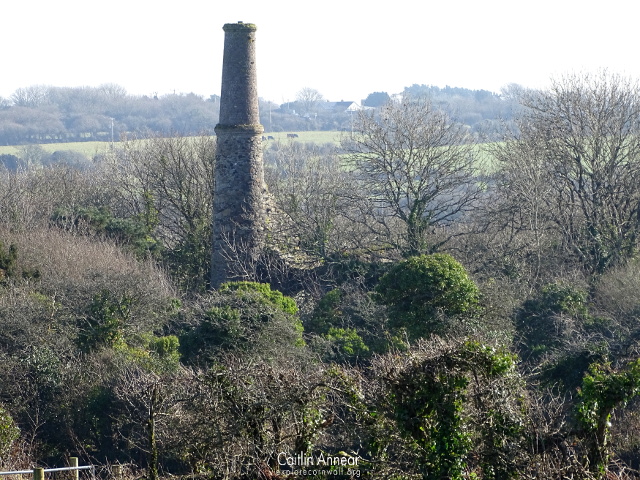
For the 1913 reworking of the sett, another second hand engine was purchased. This one was a 85″ built by Perran Foundry in 1872 for Great Fron Fownog mine where it worked for ten years at which point it was moved to Gwern-y-Mynydd mine. The engine sat idle here for 20 years before coming to Killifreth. The boiler house originally sat on the eastern side, but was moved to the western side during the 1913 reworking.
Old Sump or Engine pumping engine house was built in 1875 for a 50″ engine. This engine was bought secondhand from Wheal Daniel mine and was unusual in that it was set lower down in its cylinder loading. Its boiler house would have stood on the south-western side and housed three boilers.
Hawke’s winding engine house sits half way between Hawke’s and Old Sump shafts, enabling it to pull from both. The majority of the house was demolished by US troops just before D Day, along with Wheal Busy’s Black Dog house; only part of the southern wall and loadings survive in the trees. This house was accompanied by two boilers along its north side, and the chimney sat in the centre of the rear wall.
Hawke’s/Richard’s (100-fathoms/183m), Skip (70-fathoms/128m), Footway (35-fathoms/64m), New Shaft, Engine (90-fathoms/166m), West and Tregonning’s (70-fathoms/128m).
North/No 2, Middle/Copper, A/South, B/William’s and Vor.
1859-1904
4060 tons (4,125,150 kg) of tin, 681 tons (691,928 kg) of 8¼ copper, 17 tons (17,283 kg) of pyrite, 360 tons of arsenic, 12 tons (12,193 kg) of mispickel and 6 tons (6,096 kg) of ochre.
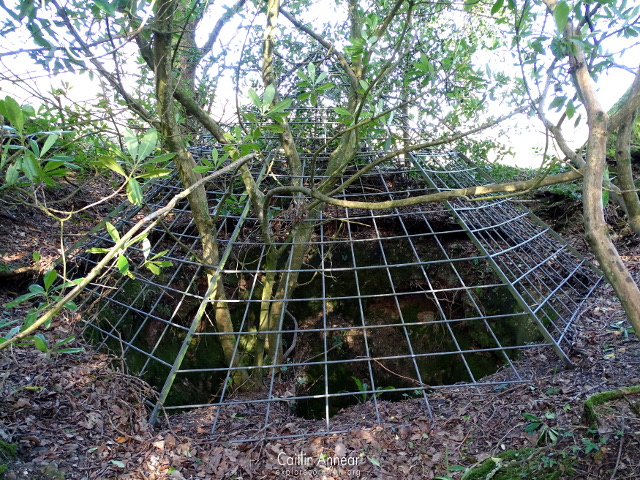
The stamps engine that lives on the Todpool road was built in 1875 for a 32″ engine. This worked 64 heads of stamps and is currently being renovated. The loadings for the crankshaft are still in place, although nothing of the boiler house which would have sat along the back of the building remains. The engine was removed following the 1897 closure and moved to Gwennap United.
The dressing floor is somewhere beyond the engine house, where apparently there are remains of buddles and other structures, although these are now well hidden in bushes and brambles. Near the stamp engine house sits a lone chimney, built as part of arsenic works on the mine from the 1890’s. Other kit on the mine included an air compressor, horizontal double cylinder whim engine, 36-inch stamps engine built in 1872 and a steam hoist which worked out of Skip shaft.
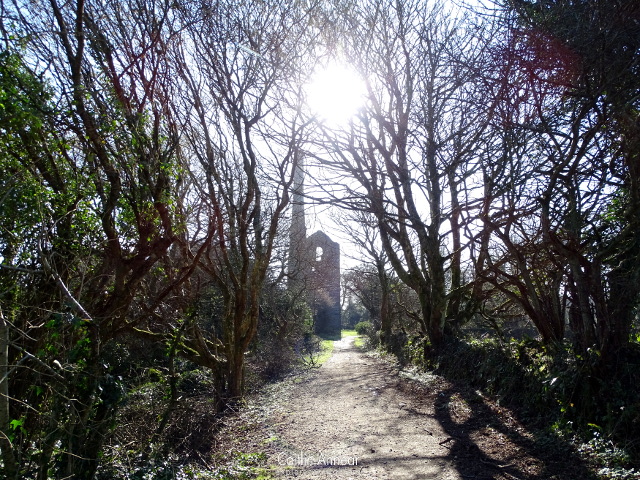
Hawke’s engine house was consolidated in 1987-8 and is free to access as part of the mineral tramways project, although the steps leading up inside the house are now quite rotten. Old Sump house was consolidated at the same time as Hawke’s but sits on private land that is now very overgrown. The whim and stamps engine houses are also on private land.
There is a very small carpark for Killifreth on the Redruth to Chacewater road, although you will most certainly need to have the tracking on your car redone upon leaving.
All the stuff Stuart sends me when I nag him for information. Thank you!
Bawden, E. (1929) ‘Killifreth Mine’, The Mining Magazine, pp. 281–286. Available at: https://www.aditnow.co.uk/documents/Killifreth-Mine-1929.pdf.
Brown, K. and Acton, B. (2007) Exploring Cornish Mines: Volume Two. 2nd edn. Truro: Landfall Publications.
Dines, H. G. (1956) The metalliferous mining regions of south-west England. British Geological Survey.
Nance, D. and Brown, K. (2014) A complete guide to the engine houses of West Cornwall. Gloucestershire: Lightmoor Press.
